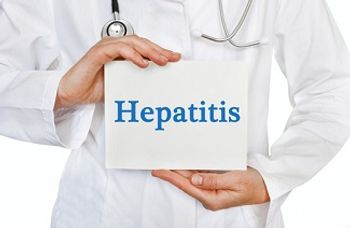
Considerations for HIV/AIDS Knowledge in Young Women
Educating young people is especially critical and many countries have seen great success in youth education as a prevention strategy.
COVID-19 may be dominating the headlines right now but how long will the knowledge of this disease or even other respiratory infections last? Our funding of hospital biopreparedness is a shining example of how the boom-and-bust approach to infectious diseases is problematic.
One of the challenges in public health is maintaining that sustained level of education and awareness. This effort though isn’t just related to what infectious disease threats exist, but also the socio-cultural dynamics that exist and especially the socioeconomic disparities that these diseases highlight.
Human Immunodeficiency Virus (HIV)/Acquired Immunodeficiency Syndrome (AIDS) is one particularly health topic that has unveiled not only a considerable amount of disparity but also stigma. With nearly 40 million people across the world living with HIV (and 1.7 million new cases annually, this disease is still very prevalent. HIV/AIDS is one that has plagued us since the 1980s and while the world has collectively gotten better on controlling it, there are still areas that are devastated by the disease and the stigma it carries.
Educating young people is especially critical and many countries have seen great success in youth education as a prevention strategy. A
Moreover, has this knowledge changed between 2003 and 2018? Assessing this awareness in women aged 15-24 across LMICs was the goal and the authors worked to address this via a cross-sectional study of 282,757 young women. This study was conducted across 51 LMICs and used Demographic and Health Surveys (DHS).
“To measure a country’s level of knowledge of HIV/AIDS (indicator 5.1 for monitoring Fast-Track Commitment 5 and Expanded Targets to End AIDS by 2020) among the population aged 15 to 24 years old, DHS constructed a survey module based on the definition of and knowledge about HIV prevention: identifying the 2 major ways of preventing the sexual transmission of HIV (using condoms and limiting sex to 1’faithful, uninfected partner’), rejecting the 2 most common local misconceptions about HIV transmission, and knowing that a healthy-looking person can transmit HIV.”
Disparity measurements were pulled from the DHS variables for various things -residential area, wealth, and education. These pulled from data sources on household wealth, education, etc. The most recent surveys across the 51 LMICs were after 2010 and ultimately found that there was a low reported knowledge of HIV/AIDS across the 51 LMICs in young women.
The authors noted that “for the 40 countries with data in at least 2 survey rounds, the aggregate-level percentage of young women who reported correct knowledge of HIV/AIDS increased significantly, from 26.2% (95% CI, 21.5%-30.9%) in round 1 to 30.2% (95% CI, 24.4%-36.0%) in round 2.” On the country level, Afghanistan reported knowledge of HIV/AIDs from 1% in 2015 to 64.9% in Rwanda in 2014.
There was an increase in the percentage of young women who reported knowledge of HIV/AIDS across twenty-four countries, including Nigeria, Kenya, and Malawi (largest increases). Sadly, ten countries showed a decrease in HIV/AIDS knowledge in young women: Benin, Cambodia, Egypt, Ghana, Jordan, Maldives, Mali, Nepal, Pakistan, and Timor-Leste.
As the authors note, less than one third of the fifty-one LMICs studied had young women living in them with correct knowledge of HIV/AIDS. While only 40 LMICs had multiple surveys to show changes of the years, it is promising that twenty-four showed an increase in knowledge. Overall, this represents a significant health issue and should be addressed on an international level as an effort to not only combat HIV/AIDS, but also address health disparities and threats young women are facing globally.
Newsletter
Stay ahead of emerging infectious disease threats with expert insights and breaking research. Subscribe now to get updates delivered straight to your inbox.















































































































































































































































































